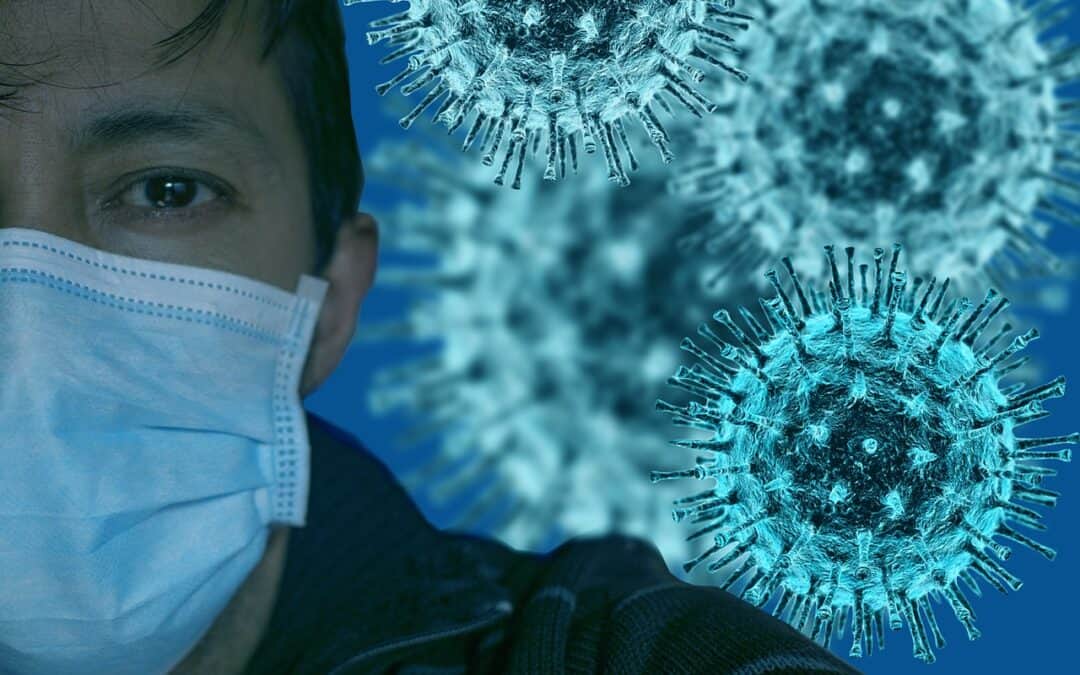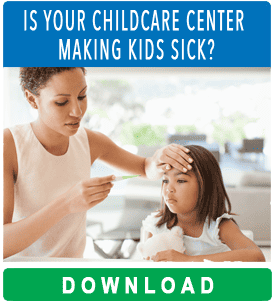Originally Published by IFL Science
It’s almost four years since the World Health Organization declared COVID-19 a pandemic. As the specter of lockdowns loomed in the West, scientists had already been scrambling for weeks to learn as much as they could about the emerging threat. One key question centered around whether there could be a seasonal pattern to infections – the first reports of disease had cropped up during the wintertime, and we’re used to seeing other respiratory bugs wax and wane across the year. But so far, at least, COVID-19 is proving to be a different beast.
Why are some viruses seasonal?
The idea that COVID-19 could be a seasonal disease was a logical one when we consider how many other viral infections follow a seasonal pattern.
Respiratory infections like the common cold, flu, and respiratory syncytial virus (RSV) all peak during the winter months. In countries with temperate climates, polio tends to peak during the summer.
For many winter illnesses, the cold, dry weather is a big factor in helping them to spread. While it’s a myth that going out in the cold will give you a cold, it is true that influenza viruses, for example, thrive much better when the air is cool and less humid, giving them a much greater chance of finding an unwilling human to latch onto.
Another factor that can come into play during the dark, gray winter months is vitamin D – or, more specifically, the lack thereof. Writing for The Conversation, immunologist Margherita T. Cantorna explained that vitamin D deficiency during the winter, a particular problem for people with deeper skin tones and those living at northerly latitudes, could impact the immune system’s ability to fight off infections.
Then there’s our behavior. In many regions, winter brings months of freezing, treacherous weather. Combine that with the festivities that also crop up this time of year, like Christmas and Hanukkah in the Northern Hemisphere, and what are you left with? Lots of people cozying up together indoors, sharing food, laughter – and all the germs they’ve picked up along the way.
>>CLICK HERE to Read the Full Article on IFLScience.com





